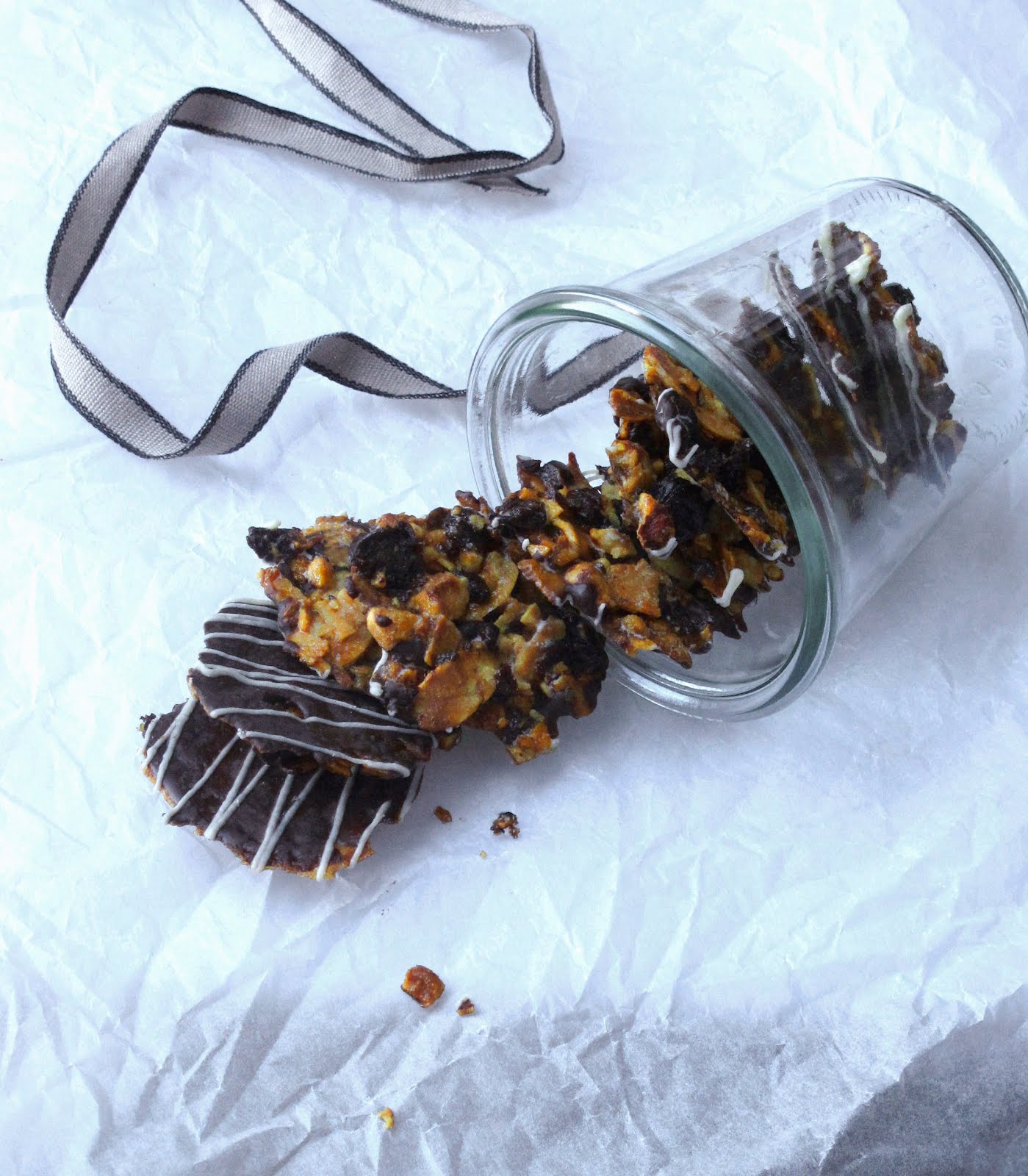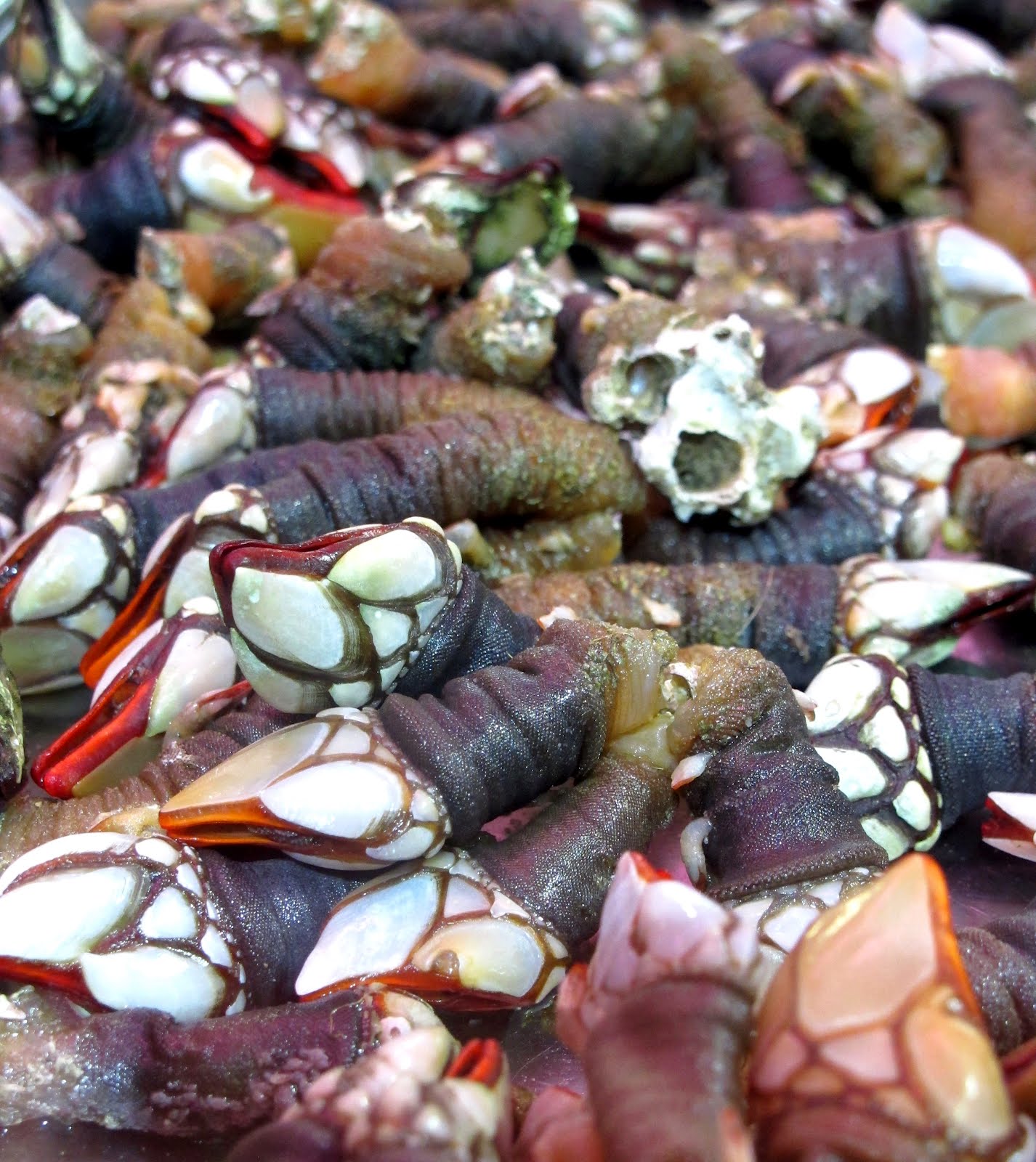 |
Left: A 1903 Edward VII penny, defaced by suffragettes. © The Trustees of the British Museum
Right: Immortalising history. In cake. |
It's not often that I attempt a 'showstopper' cake - expectations are always high, and I don't really go for coloured frostings or those hard little silver balls that break your teeth. But this was for charity. And it's Christmas. Plus, the tie-in with the Great British Bake Off was just too much to resist.
A colleague is running the London marathon this year, and has decided to raise some charitable dosh for Age UK, a very worthy recipient. Her first fundraising effort was to organise a work bake-sale, tying (in a totally non-affiliated, non-copyright infringing kind of way) into the recent success of the televisual cake-stravaganza which is The Great British Bake Off. And because we work at the British Museum, of course this became The Great British Museum Bake Off.
Staff were invited to enter three categories: the Signature Bake (tea-time favourites), the Technical Challenge (mince pies), and the Showstopper (a baked product inspired by the British Museum).
Sadly, my effort, a dense fudgey cake covered in chocolate ganache and inspired by A History of the World in 100 Objects was not a winner, but I thought I'd share it with you anyway. It's based on an Edward VII penny from 1903 which was defaced by militant suffragettes fighting for the vote, a small but expressive gesture against the authorities. It would have changed hands countless times, spreading its message. It's a potent object, I love it. And yesterday, I got to eat it too!







































